Volume X / Number 3-4
1944
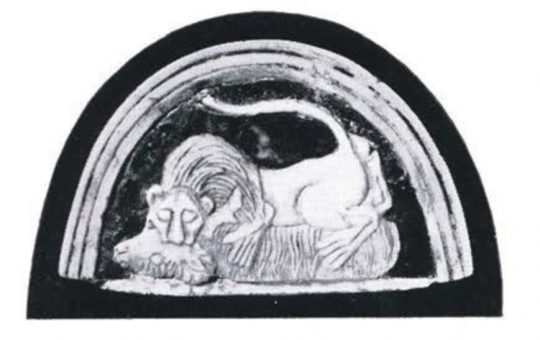
Vol. X / No. 3-4
By: Leon Legrain
Chronology*: The Babylonian Collections of the University Museum
THE succession of archaeological periods in Mesopotamia in the IVth and IIIrd millennia is fairly well established. However, absolute dates […]
View Article
Vol. X / No. 3-4
By: Leon Legrain
Introduction: The Babylonian Collections of the University Museum
HERE is a little historical guide, composed for the visitor to the Babylonian Section of the University Museum, so that […]
View Article
Vol. X / No. 3-4
By: Leon Legrain
The Assyrian Relief of Ashurnasirpal: The Babylonian Collections of the University Museum
This is the Assyrian monument (Figure 1) sent in 1853 from Mosul dy the Rev. W. Frederic Williams, American missionary, […]
View Article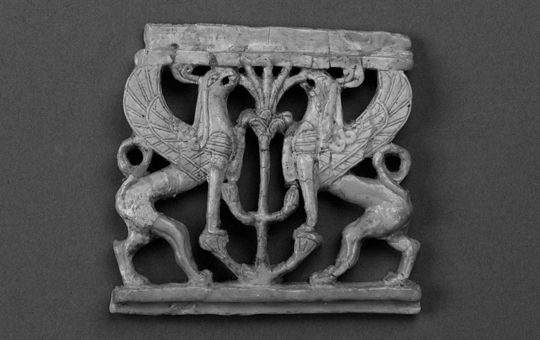
Vol. X / No. 3-4
By: Leon Legrain
Early Discoveries in Mesopotamia: The Babylonian Collections of the University Museum
A hundred years ago little was known concerning the ancient history of Assyria and Babylonia. Temples and palaces lay in […]
View Article
Vol. X / No. 3-4
By: Leon Legrain
Nippur: The Babylonian Collections of the University Museum
The interest of the American public in Oriental research is proved by the foundation of the American Oriental Society in […]
View Article
Vol. X / No. 3-4
By: Leon Legrain
Ur of the Chaldees: The Babylonian Collections of the University Museum
While the Nippur Expedition (1888-1900) was entirely supported by the Public-spirited Gentlemen of Philadelphia and the University of Pennsylvania, the […]
View Article
Vol. X / No. 3-4
By: Leon Legrain
al-‘Ubaid: The Babylonian Collections of the University Museum
Al-‘Ubaid has become a by-word of Mesopotamian archaeology. In the low mound four miles west of Ur was discovered an […]
View Article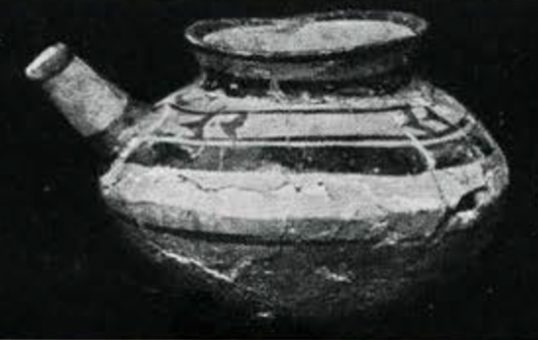
Vol. X / No. 3-4
By: Leon Legrain
The al-‘Ubaid Painted Pottery: The Babylonian Collections of the University Museum
Outside of the temple, the old al-‘Ubaid cemetery, the graves of which rest on virgin soil, carries us back centuries […]
View Article
Vol. X / No. 3-4
By: Leon Legrain
The Sumerians: The Babylonian Collections of the University Museum
The political independence of the Sumerians came to an end when Hammurabi united the north and the south, Akkad and […]
View Article
Vol. X / No. 3-4
By: Leon Legrain
The Uruk Period: The Babylonian Collections of the University Museum
Such is the picture of the first establishment of the Sumerians in southern Mesopotamia as revealed by the German excavations […]
View Article
Vol. X / No. 3-4
By: Leon Legrain
Tell ‘Uqair “Painted Temple”: The Babylonian Collections of the University Museum
A still more perfectly preserved example of an early Sumerian temple has been recently (1940) unearthed at Tell ‘Uqair, forty […]
View Article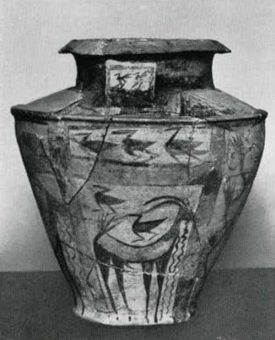
Vol. X / No. 3-4
By: Leon Legrain
The Jemdet-Nasr Period: The Babylonian Collections of the University Museum
The brilliant decoration of Tell ‘Uqair shows a taste for colours was not foreign to the Uruk period, even when […]
View Article
Vol. X / No. 3-4
By: Leon Legrain
Kish (Uhaimir): The Babylonian Collections of the University Museum
Kish, eight miles east of Babylon, is, according to the king’s lists compiled about 1800 B.C., the site of the […]
View Article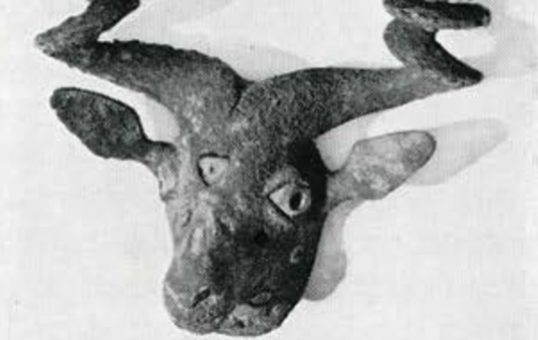
Vol. X / No. 3-4
By: Leon Legrain
Fâra: The Babylonian Collections of the University Museum
The hero of the Flood, Uta-napishtum, the Sumerian Noah, lived at Shuruppak (Fâra), a city on the old Euphrates, half […]
View Article
Vol. X / No. 3-4
By: Leon Legrain
Khafaje and Tell Asmar: The Babylonian Collections of the University Museum
East of Baghdad, across the Tigris, in the plains watered by the Diala, where the highways of Elam, Persia and […]
View Article
Vol. X / No. 3-4
By: Leon Legrain
Ashur and Mari: The Babylonian Collections of the University Museum
The influence of the Sumerian culture extended far outside southern Mesopotamia, as revealed by the excavations at Ashur, the first […]
View Article
Vol. X / No. 3-4
By: Leon Legrain
Elam. Isin-Larsa: The Babylonian Collections of the University Museum
Elam, across the Persian Gulf on the borderland of Persia, has always been in close relation with the Sumerian south. […]
View Article
Vol. X / No. 3-4
By: Leon Legrain
India and Egypt: The Babylonian Collections of the University Museum
Semitic supremacy over lower and upper Mesopotamia was thus achieved at the beginning of the second millennium by the kings […]
View Article
Vol. X / No. 3-4
By: Leon Legrain
Sargon of Agade: The Babylonian Collections of the University Museum
The excavations of the last twenty years have thus revealed the origin and progress of a Sumerian culture in southern […]
View Article
Vol. X / No. 3-4
By: Leon Legrain
Lagash (Tello): The Babylonian Collections of the University Museum
For over a century the Guti, hill-tribes of the eastern highland, dominated southern Mesopotamia after they had ruined the empire […]
View Article
Vol. X / No. 3-4
By: Leon Legrain
The Third Dynasty of Ur. The Stela of Ur – Nammu: The Babylonian Collections of the University Museum
The stela of Ur-Nammu, the largest sculptured slab recovered at Ur, is a monumental record of the building activities of […]
View Article
Vol. X / No. 3-4
By: Leon Legrain
The Isin-Larsa Dynasties: The Babylonian Collections of the University Museum
The cult of the moon-god survived the ruin of the city. After forty years the statue of Nannar was brought […]
View Article
Vol. X / No. 3-4
By: Leon Legrain
The First Dynasty of Babylon: The Babylonian Collections of the University Museum
In the second millennium B.C., the Semitic language became the current and official language of Babylonia and Assyria, while Sumerian […]
View Article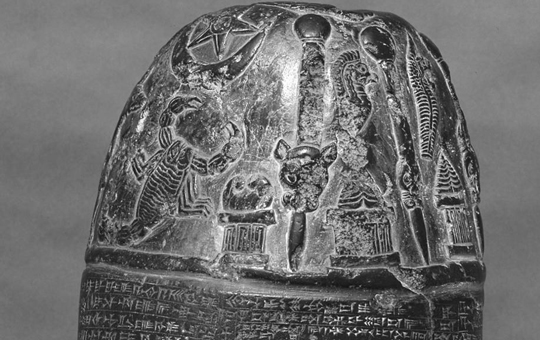
Vol. X / No. 3-4
By: Leon Legrain
The Cassite Dynasty: The Babylonian Collections of the University Museum
From the east and the west new people were soon to invade Mesopotamia. From the Taurus range the Hittites descended […]
View Article
Vol. X / No. 3-4
By: Leon Legrain
The Assyrian Period: The Babylonian Collections of the University Museum
The names of the kings of Assyria who reigned in the great city of Nineveh in the eighth and seventh […]
View Article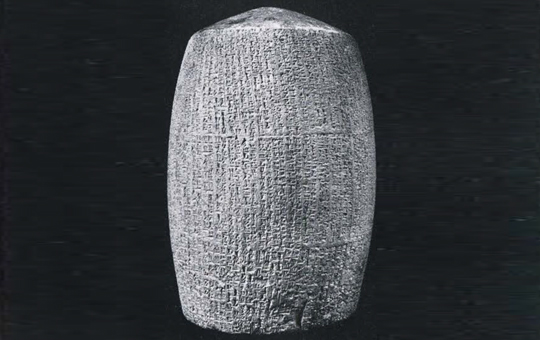
Vol. X / No. 3-4
By: Leon Legrain
The Neo-Babylonian Period: The Babylonian Collections of the University Museum
Foreign rule was deeply resented by the Babylonians. The fall of Nineveh which filled the Orient with stupor found them […]
View Article
Vol. X / No. 3-4
By: Leon Legrain
The Persian Period: The Babylonian Collections of the University Museum
The capture of Babylon by Cyrus in 539 B.C., almost a century after the ruin of Nineveh, sealed the destiny […]
View Article
Vol. X / No. 3-4
By: Leon Legrain
The Greek Period: The Babylonian Collections of the University Museum
In 331 B.C., Alexander, after the battle of Arbela, entered Babylon and added Persia to his previous conquest of Asia […]
View Article
Vol. X / No. 3-4
By: Leon Legrain
The Parthian Period: The Babylonian Collections of the University Museum
Large constructions of that period, like the fortress built on the top of the Ziggurat and a Parthian palace, called […]
View Article
Vol. X / No. 3-4
By: Leon Legrain
The Sassanians and the Arabs: The Babylonian Collections of the University Museum
In 226 A.D. another Persian dynasty, the Sassanian, succeeded the Parthian. Ctesiphon became the winter residence. From that epoch dates […]
View Article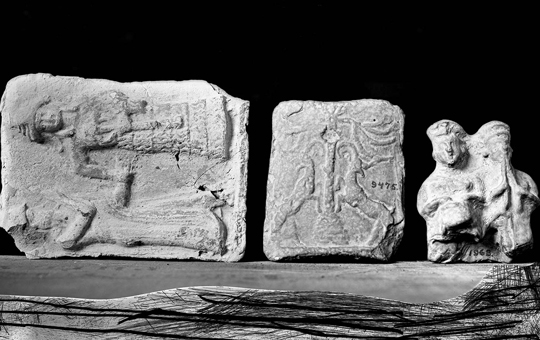
Vol. X / No. 3-4
By: Leon Legrain
The Nippur Seal and Terracotta Collections: The Babylonian Collections of the University Museum
Seals and terracottas are eminently characteristic of the Mesopotamian culture. They are found in all the levels and in all […]
View Article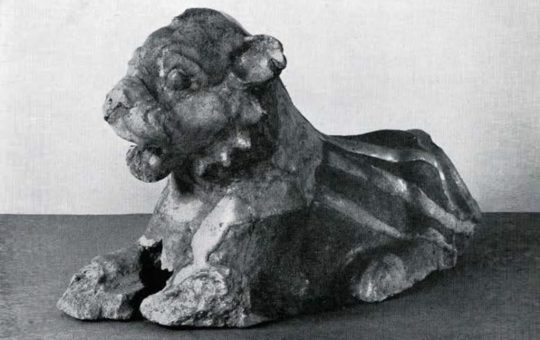
Vol. X / No. 3-4
By: Leon Legrain
Nuzi: The Babylonian Collections of the University Museum
In the last decades, excavations in northern Mesopotamia, in the plains east of the Tigris, which were to be the […]
View Article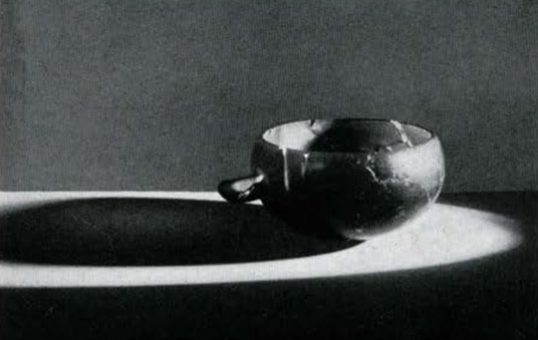
Vol. X / No. 3-4
By: Leon Legrain
Tepe Gawra and Tell Billa: The Babylonian Collections of the University Museum
The artificial mound of Tepe Gawra, fifteen miles east from Mosul, two miles from Khorsabad, covers a much older settlement. […]
View Article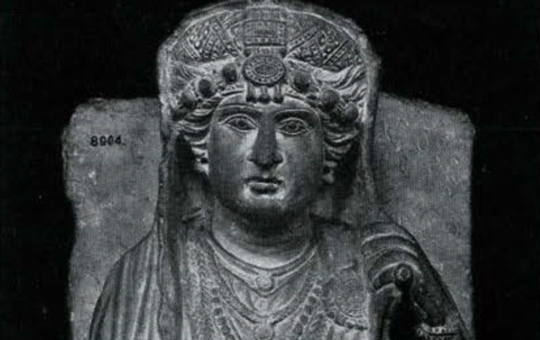
Vol. X / No. 3-4
By: Leon Legrain
Palmyra: The Babylonian Collections of the University Museum
Small collections of antiquities from countries bordering on Mesopotamia have been acquired by purchase by the University Museum and are […]
View Article
Vol. X / No. 3-4
By: Leon Legrain
The Luristan Bronzes: The Babylonian Collections of the University Museum
On the border of Mesopotamia, Luristan is the highland of Persia, between Hamadan and “Shushan the Palace,” on both banks […]
View Article
Vol. X / No. 3-4
By: Leon Legrain
The Sabaean Collection: The Babylonian Collections of the University Museum
The land of Saba forms the southwest corner of Arabia on the Red Sea. There reigned long before Muhammed and […]
View Article
